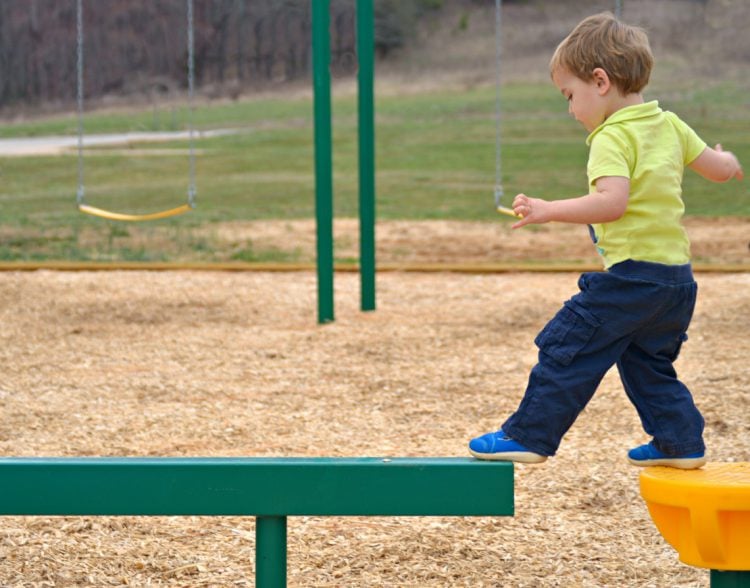Why kids Need to Play (or Exploring the Impact of Movement on Learning and Development)
In today’s society, intelligence is often equated with analytical ability, typically measured by IQ scores. High scores are associated with being smart, while low scores may suggest otherwise. However, this narrow view overlooks the crucial role of the entire body in the learning process. Rather than simply serving as a vessel for the brain, the body plays an integral part in how we learn and express our knowledge.
Research suggests that, especially for children, movement is not only essential for physical health but also for cognitive development. Interestingly, the same areas of the brain responsible for movement are also involved in higher-level thinking processes. This implies a strong link between physical activity and cognitive abilities such as problem-solving, creativity, and self-control, reading, comprehension, math skills and creativity.
Here’s how it works:
Our bodies serve as conduits for learning, absorbing information from the environment through our senses. This sensory input is then processed and stored in various regions of the brain. Think of it as 4 different departments working in the receiving branch of a business. Packages (stimuli) are delivered 24/7. The brain receives them, categorizes them and determines what should be done with the package. In our brain company we have:
- The occipital department (lobe) that handles shipments of visual input information, such as shapes and colors.
- The temporal department (lobe) processes shipments of sound stimuli, including speech.
- The parietal department (lobe) interprets/identifies sensations of touch, pain, and spatial awareness.
- Lastly, the frontal department (lobe), crucial for motor control and higher-level thinking, coordinates movements and speech while also integrating sensory input.
Effective communication between these brain departments is essential for learning, highlighting the importance of movement in facilitating neural connections. The more we can “ship in” forces communication between departments and reinforces the efficiency of operations in general. The company grows and becomes very efficient with the departments working together to make new shipments even easier to receive and process.

Even from infancy, movement plays a critical role in brain development. Babies instinctively engage in movements like lifting their heads, rolling over, and crawling, all of which stimulate neural connections in all of the above departments in our brain company. What we know for sure is that providing a supportive environment for these natural movements is key to fostering healthy brain development.
And yet, physical education department budgets in schools are being cut. Schools are eliminating playgrounds and recesses. This flies in the face of common sense. Japan and Germany, two cultures that excel in developing some of the world’s top minds, insist that kids have playtime from age 3 through adulthood. Most high level engineering companies in these countries require employees to have exercise programs because they know that the brain efficiency is only enhanced by spending a percentage of time being physical.
But I digress. As children grow and interact with their environment, sensory experiences shape their neural pathways, laying the foundation for future learning. For example, tactile experiences like simply walking on a balance beam, will contribute to the development of very complex neural networks over time. It’s natural.

In summary:
- Sensory experiences are crucial for brain development and serve as the basis for higher-level learning and higher functionality.
- Movement facilitates communication between different brain departments, enhancing cognitive function.
- Multisensory learning experiences that incorporate visual, auditory, and tactile stimuli are particularly effective. Like walking on a beam, carrying a bean bag and dropping it into a hoop as they walk. Sight, Balance, cross lateral; movement, proprioception, color stimuli, feeling the bean bags, depth perception between beam and hoop target, etc. The stimuli is not overwhelming.
- Limiting screen time in favor of physical activity is beneficial for healthy vision and cognitive development in children. (tricked ya, you didn’t think I would write a whole article about brain development without referencing the detriment of too much screen time, did ya?)
Movement is not only essential for physical health but also plays a fundamental role in brain and cognitive development and learning. By encouraging active movement and providing enriching sensory experiences, we can support children in their journey to becoming lifelong learners. And, completely unbiased opinion, there is no better form of movement education than gymnastics for kids walking -13 years of age.

